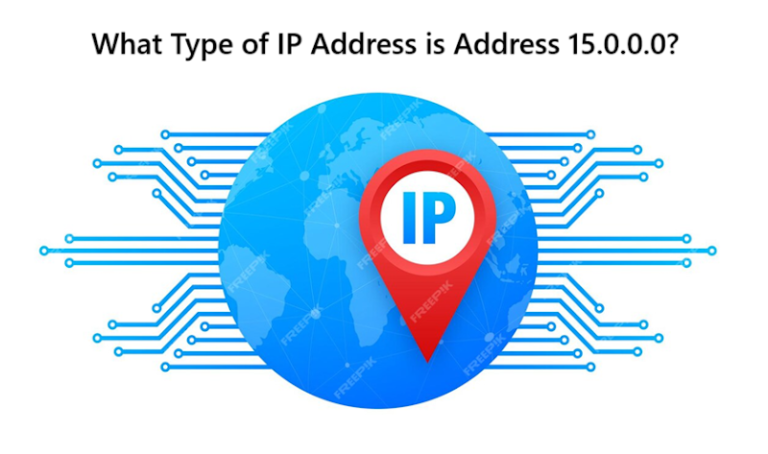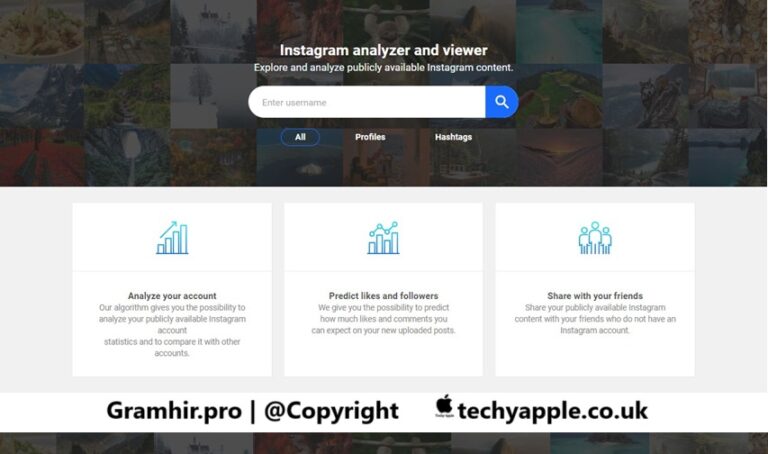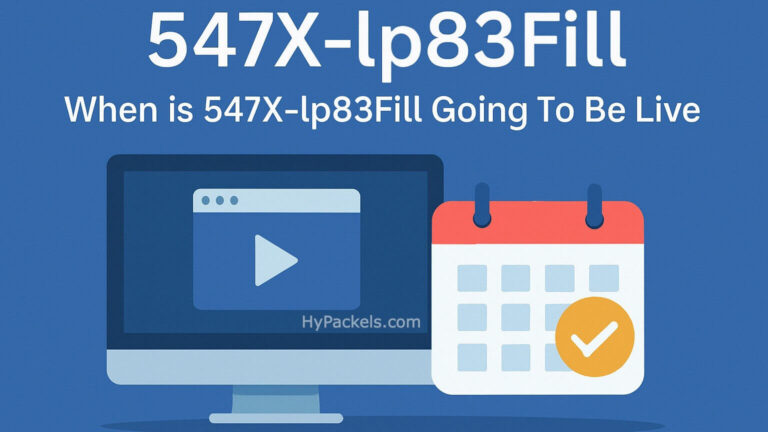Python Frameworks: A Comparison of Django, Flask, and FastAPI
In web development using Python, one of the best frameworks out there, can prove to be either a blessing or a curse for a project, depending on its usability. The three main frameworks of Python are Django, Flask, and FastAPI. All of these have varied strengths. Knowing the Python frameworks would be pretty beneficial, especially for the developers and testers that can use it according to the relevant use cases.
Here, we shall observe the features, strengths, and applications of Django, Flask, and FastAPI to assist you in using the appropriate tool for your project.
Introduction to Django
Django is Python’s main and high-level web framework. It is commonly used because of its speed-oriented features and wide range of built-in features.
Even though it is known to be written in the Model-View-Controller (MVC) pattern, Django could be also written in the Model-View-Template (MVT) pattern. It is appropriate for complex and big projects because it is strongly structured and has rich libraries.
Key Features of Django
The “batteries included” aspect of Django is that it comes with an overwhelmingly extensive collection of tools and libraries that make things such as authentication, content management, and database integration easier. These include a login system, database connection, and CRUD operations (Create Read Update Delete), making it ideal for database-based sites.
Advantages of Django
The following are the advantages of Django:
- Rapid Development: Django makes it easy for developers to rapidly create applications based on its large libraries and tools. This facilitates projects to go from idea to deployment within hours.
- Security: It offers strong security measures to guard against typical web vulnerabilities, making applications secure and dependable.
- Scalability: Django supports heavy traffic and is ideal for large applications, thus being a favorite among organizational systems.
- Versatility: It accommodates a broad spectrum of applications, ranging from basic websites to intricate organizational systems, with flexibility in project scope.
Disadvantages of Django
The following are the disadvantages of Django:
- Monolithic Structure: Django possesses a strict structure that may not be flexible enough for small projects. Its all-encompassing nature makes it seem too complicated for basic applications.
- Not Suitable for Small Projects: Its richness of features and design make it less ideal for small or straightforward applications where a light framework may be more suitable.
Read More: Thejavasea.me Leaks AIO-TLP287: A Comprehensive Analysis
Introduction to Flask
Flask is a thin agile web framework that is used to develop small-scale to medium-sized applications in Python. It is known to be ideal for quick prototyping and offers a minimalist approach. In this, the developers need not worry about overhead but can focus on application logic.
This microframework is easy and simple to grasp and work with! Flask is ideal for those developers who want to have good control over the structure and functionality of their projects.
Key Features of Flask
The flask is flexible and simple. It enables the developers to begin with a minimal application as per the needs and then eventually increase it. It accommodates modular programming. This makes it easy for developers to divide functionality into independent modules that can be tested and changed individually.
Apart from this, Flask, a microframework, also plays well with other Python libraries and technologies, offering a top-notch degree of customization.
Advantages of Flask
The following are the advantages of Flask:
- Simplicity and Flexibility: Flask is simple to learn and use. It can grow its use case according to the requirements of the project. Its flexibility helps developers to create applications that easily fit their unique requirements.
- Personalization: Enables customization according to specific project requirements, with developers having complete control over the structure and functionality of the application.
- Scalability: This can be scaled for larger applications without needing large code modifications. It can successfully handle greater traffic because of its lightweight construction.
- Best for Newbies: Working with Flask is simple, and there is a wealth of educational resources accessible. It is an excellent way for novices to begin learning because it is really simple and easy to use.
Disadvantages of Flask
The following are the disadvantages of Flask:
- Few Integrated Features: Needs extra modules to support complicated functionality. Though it provides ease of customization, it may also cause security risks if malicious modules are added.
- Single-Threaded: Processes requests one at a time, which can affect performance under heavy load. That is, Flask might not be ideal for applications where multiple requests need to be handled simultaneously.
Read More: Tech TheBoringMagazine: The Future of Technology and Digital Innovation
Introduction to FastAPI
FastAPI is a fast Python web framework designed for high performance and ease of development. It uses asynchronous programming and is best suited for constructing APIs. FastAPI is rapid, automatically documents, and has strong request validation. It is based on Python standard-type hints, which improves code reliability and is supported better in IDEs.
Key Features of FastAPI
It is constructed on the foundation of the Starlette web server and makes use of libraries such as Pydantic to validate data. Some of its primary features include:
- Type Hinting: FastAPI provides a method that improves code dependability and autocompletion of IDE.
- Asynchronous Programming: Async/await features are also included under asynchronous programming that gives quick execution and efficient use of resources in handling multiple requests side by side.
Advantages of FastAPI
The following are the advantages of FastAPI:
- Improved Performance: Emphasizes using async/await for rapid execution and resource use efficiency, perfect for real-time applications.
- Automatic Documentation: Automatically creates API documentation using tools like Swagger UI, easing the development process by having properly documented output without additional effort.
- Ease of Use: Easy to install and create endpoints, with great editor support that streamlines development and makes it even more intuitive.
- Request Validation: Offers rich error messages and maintains data consistency, lowering the chances of errors and bugs in the API.
Disadvantages of FastAPI
The following are the disadvantages of FastAPI:
- Relatively New: Smaller community and fewer resources compared to Django and Flask, which can restrict the number of third-party libraries and support.
- Steeper Learning Curve: Needs knowledge of async programming concepts, which may be difficult for developers who are not familiar with asynchronous programming.
Choosing the Right Framework
Do keep the size, complexity, and particular requirements of the project in mind while choosing between Django, Flask, and FastAPI. A small gist or you can say a summary of each framework’s best features and best application scenarios is as follows:
- Django
Big, complex projects that need rapid development, robust security features, high traffic handling, and built-in tools are well-suited for Django. E-commerce sites, social networking sites, and content management systems (CMS) are all well-suited for Django.
- Flask
For small to medium-sized applications, Flask is a very friendly solution that liberates engineers to focus on application logic. It is thus ideal for microservices, small web apps, and prototyping.
- FastAPI
FastAPI is an expressive and modern framework for high-performance APIs. It provides async/await-powered asynchronous programs that are extremely useful for building web APIs for real-time applications and microservices.
Decision Factors
In deciding between these frameworks, keep the following main factors in mind:
- Project Size and Complexity
Django is optimal for complex, large projects as it possesses a solid set of built-in functionalities and scalability. It has a massive library that simplifies functions like database integration and authentication, thus ideal for high-security requirement projects and fast development.
Flask is more suitable for small projects where flexibility and minimalism are needed. It supports developers in quickly creating applications without the weight of a complete feature framework. FastAPI, although able to manage complex projects, is superior in cases where performance is paramount.
- Development Speed
Django has speedy development capabilities built on its “batteries included” mantra, where there are many libraries and tools available to speed development. Flask supports rapid prototyping and installation, hence ideal for very small projects or proof-of-concepts.
FastAPI has an easy-to-use approach with maximum performance, therefore fitting for those projects where efficiency and speed both matter.
- Performance Needs
FastAPI is best for high-performance applications because it is asynchronous, meaning that it can process many requests at a time without blocking. It is thus perfectly well-positioned to work in real-time applications and APIs where data processing speed matters. Django and Flask can also cater to performance requirements but will not be as effective as FastAPI with heavy traffic.
By considering all these factors, you can select the framework most apt for the needs of your project.
Read More: SeveredBytes.net Blog: The Ultimate Tech Hub for Professionals and Enthusiasts
Testing and Deployment Python Frameworks for Cloud Testing
Once you choose your Python frameworks like Django, Flask, or FastAPI, testing and deployment are inevitable. Cloud testing platforms like LambdaTest offer a simple and scalable way of web application testing on various browsers and environments. Lambdatest an AI-native test orchestration and execution platform used for testing web and mobile applications manually and automated at scale. This platform allows testers to perform real-time mobile and website testing by providing access to a cloud Selenium Grid of more than 5000 environments, real mobile devices, and online browsers.
With your chosen framework combined with cloud testing, you can be sure your application is running under various conditions, which enhances user satisfaction and reliability.
LambdaTest also assists in knowing what is Selenium and its uses. It allows you to run your Python web automation tests early and frequently and in parallel on a vast number of actual browsers and devices, so you enjoy the advantages of scalability, speed, cost-effectiveness, and excellent insights.
LambdaTest accelerates test cycles, speeding up feedback and development cycles, and ultimately providing a better user experience.
Future of Python Frameworks like Django, Flask, and FastAPI
Peeking into the future of Python frameworks like Django, Flask, and FastAPI, certain trends will determine their future. FastAPI will gain more popularity in 2025 with ease of use and high-speed performance, the first choice to create fast and efficient web apps.
At the same time, Django will be the developer’s favorite to develop complex applications with its mature framework and large user base, but it would need to evolve by adding asynchronous programming to remain competitive. Flask will remain a go-to choice for small- and medium-sized projects because it is flexible and easy to use.
Furthermore, artificial intelligence and machine learning will seep deeper into web apps, and Python’s huge library universe will be in on the action. Simply put, these frameworks will need to adjust to accommodate new technologies such as serverless computing and microservices to remain a part of the equation in the fast-evolving web app landscape.
Conclusion
In conclusion, Django, Flask, and FastAPI all have their strengths appropriate to different project requirements. With proper knowledge of these frameworks and the help of tools like cloud testing platforms, developers can create stable, scalable, and efficient web applications appropriate to the demands of the fast-paced digital era. Whether creating a sophisticated organizational system or a simple web application, choosing the correct Python framework is the success mantra.






